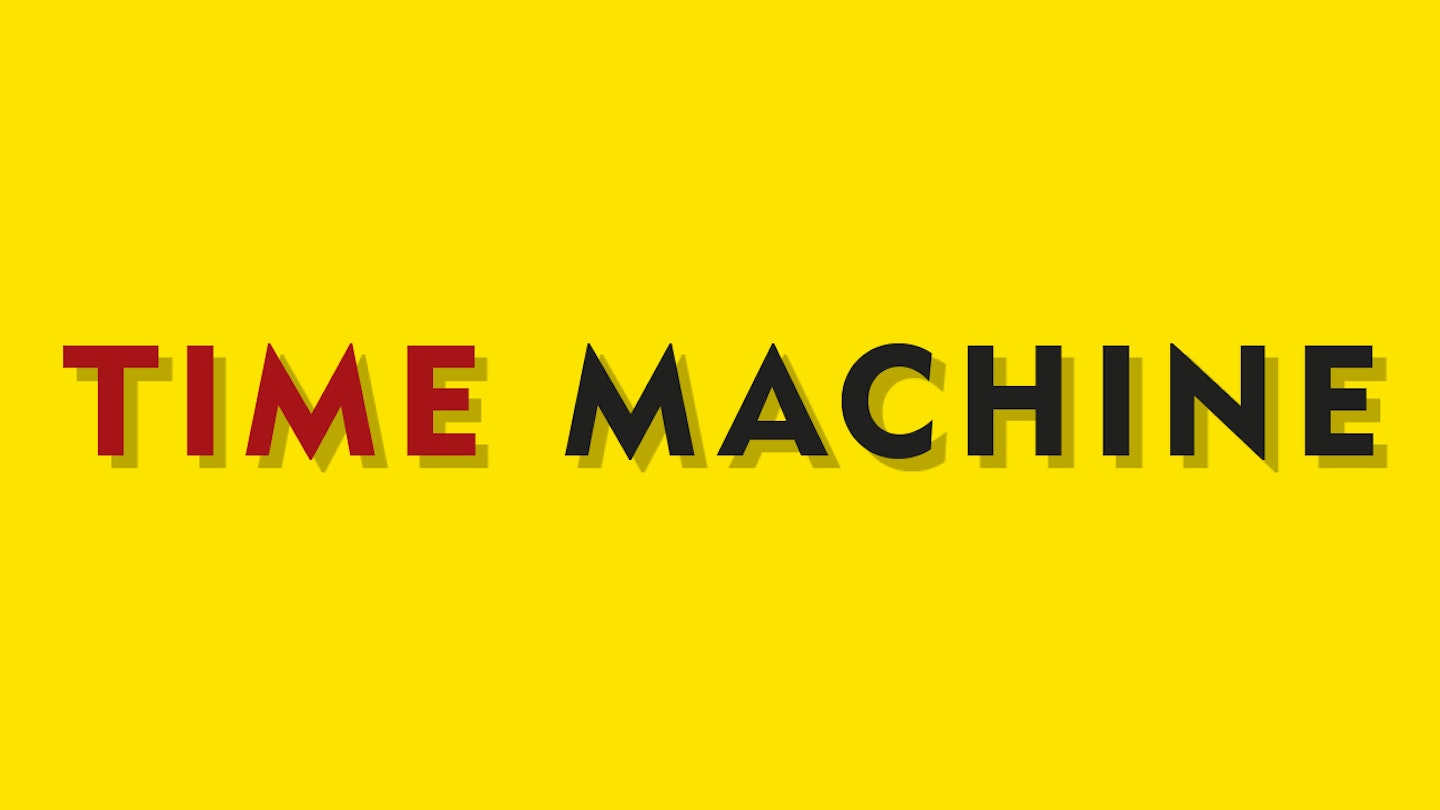9 May, 1969
It was the day George Harrison followed his 1968 soundtrack for the Wonderwall movie with his second studio album, the totally experimental Electronic Sound. Recorded using a Moog synthesizer, the record bore a quote from one Arthur Wax: “There are a lot of people around, making a lot of noise, here’s some more.”
Earlier, in October 1968, while his fellow Beatles and George Martin were battling their way through a marathon, 24-hour White Album session at Abbey Road, George had hopped on a flight to Los Angeles. He would stay just under seven weeks, spending much of his time at Hollywood Sound Recorders Studio producing tracks for Is This What You Want?, former Undertakers singer/guitarist Jackie Lomax’s star-packed debut album for Apple. The session musicians numbered the Wrecking Crew and Moog synthesizer operators Paul Beaver and Bernie Krause.
During George’s West Coast stay, he asked Krause to demonstrate what the Moog could do. A 25-minute instrumental that would become known as No Time Or Space resulted from the meeting. Intrigued by the still-novel instrument’s possibilities, Harrison purchased one and hauled it home to England where, at his bungalow Kinfauns in Esher, he recorded another lengthy instrumental – the 19-minute Under The Mersey Wall. The two pieces would comprise Electronic Sound.
“Whatever came out when I fiddled with the knobs went on tape.”
George harrison
Of his interest in music from the Indian subcontinent, George once said, “It unlocked this enormous big door in the back of my consciousness.” Electronic Sound was another of the rooms this door led to. But was the world ready for it?
Released in a faux-naïf self-designed sleeve, promo copies were sent out with a wiggy press release by Apple Corps’ “house hippy”, and writer of 1973 Fabs memoir The Longest Cocktail Party, Richard DiLello. Quoted in Bill Harry’s 2003 George Harrison Encyclopedia, it vividly described side one’s Under The Mersey Wall as, “George Harrison versus Godzilla and King Kong in space,” before hailing side two’s No Time Or Space as “a wrecked chord of environmental sound that went beyond the genre of hashish cocktail music.”
Yet some reviewers considered it a failed experiment of Frankenstein’s Monster proportions. Writing in Boston’s Fusion mag, future food broadcaster Loyd Grossman approximated George’s Moogy experimentation in word form: “If YOU fweemfweemfweemfweem apapapapapapap have an olD Sunbeam Toaster ugwachattttattachurgchurg churg and enjoy putting your dddddldddlddlllder ear up to it wwhoooooooggggg*-*- you may enjoy this album phwerpphwerp phwerp phwerp phwerp phwerp…”
More positive, Melody Maker felt it stood comparison with Walter (later Wendy) Carlos’s Switched On Bach, a Moog album that had entered the US Top 10 earlier in the year, while Rolling Stone felt that George had done “quite well” with his experimental offering, “but he’s still got a long way to go.”
It seemed he did. Electronic Sound failed to trouble the UK charts and tottered up to a lowly 191 in the US Top 200: confusingly, the US version also reversed the UK A and B side, but kept the same titles on the labels. George remained sanguine, however. “All I did was get that very first Moog synthesizer with the big patch unit and the keyboards that you could never tune, and I put a microphone into a tape machine,” he later explained. “So whatever came out when I fiddled with the knobs went on tape – but some amazing sounds did happen.”
Trust Me, I'm A Beatle...
Certainly, Bernie Krause was essential to the process. In Graeme Thomson’s 2013 Harrison biography Behind The Locked Door, Krause recalled turning up for a session in Esher in February 1969 to find that his Moog demonstration in Los Angeles had been taped and edited and was set for release as No Time Or Space. “I said, Not without my permission you’re not, that’s Paul and I’s stuff,” Krause told Thomson. “And then he said, ‘Trust me, I’m a Beatle.’” Krause’s name was initially not included in the credits, but later editions acknowledged the piece “was recorded with the assistance of Bernie Krause.” As for Under The Mersey Wall, the help of George’s Siamese cats Rupert and Jostick was noted – though whether this was because they generated some of the sounds by capering across the keyboard is harder to categorically prove.
If nothing else, it was a learning curve, one whose lessons would be put to better use in the making of The Beatles’ Abbey Road. There, Robert Moog’s future-forward instrument would adorn four songs, including George’s own sublime Here Comes The Sun. Regarding Electronic Sound, he laid no great claim to its qualities. As he quipped in the 1996 reissue’s sleevenote, namechecking his pal Alvin Lee, “It could be called avant-garde, but a more apt description would be (in the words of my old friend Alvin) ‘Avant Garde Clue’!”
